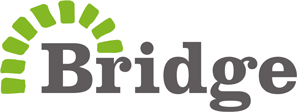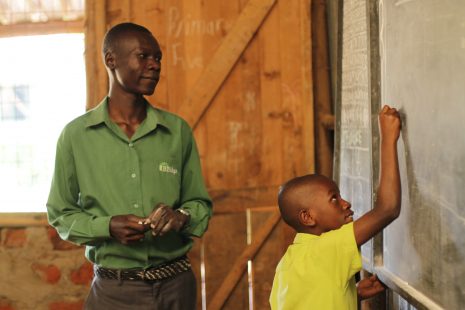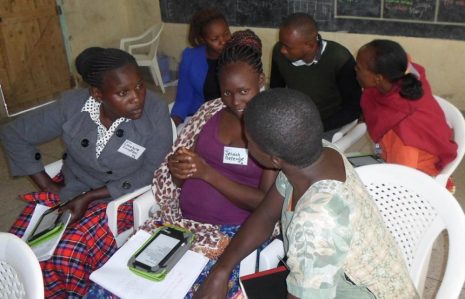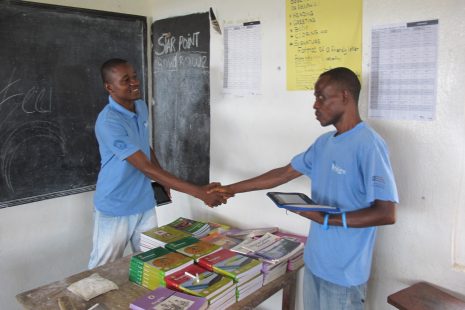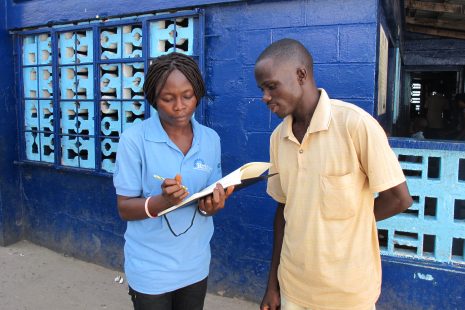We believe that all teachers can be effectively trained and supported, even in the most challenging places. Induction training provides a foundational platform where Bridge-led and Bridge-supported teachers can hone new classroom techniques and absorb a new teaching philosophy, known to improve learning. Our training programme is distinguished by some core training principles.
Specialising by grade and subject
We know that training is most effective when it is either grade specific or subject specific, so we factor in both. We specialise our teacher training by grade and by subject in order to ensure that all teachers have the most effective training to enable them to succeed in their classrooms. We always follow national and state curriculums. About ten per cent of induction training is made up of training specially tailored to the grade level the teacher will be teaching—early childhood education, lower primary, or upper primary. Upper-primary teachers are often further split up according to the subject they will be teaching, so that they can learn the teaching techniques that will be most effective for their work. During practice time, teachers practice teaching using real teacher guides from the grades and subjects they will be teaching.
Practice time
Every Bridge training session is designed to minimise lecturing and maximise engagement. It’s the same in our classrooms. Teachers can practice the topic learned in the form of group discussion, independent work or the active practice of a new skill. At other times, teachers will be practising delivering a lesson from the teacher guide before receiving feedback from their peers and trainers.
Trainer Modelling
Throughout training, the trainers model each of the big four teaching skills that teachers are expected to use in their classrooms by integrating them in to their own training approach. They follow a training guide, check on the (teachers’) work, circulate and, respond with clear feedback. This training approach mirrors the way teachers are taught to respond to their pupils. Because of this modelling, teachers in training become familiar and comfortable with the big four teaching skills.
Real-time feedback
During training, trainers give immediate feedback to teachers. They circulate the room whenever teachers are having practice time in order to check on teachers’ work. By immediately responding to their work and moving on, they are able to reach and give feedback to every teacher. Teachers are able to have an immediate and clear idea of how well they understand the content and what they need to work on. Exactly what happens in the classroom. In addition, the trainers give direct feedback to the Learning and Development team which means that we can make data based decisions on how the training is working. Once the teachers are in the classroom the feedback process continues to see how effective the training has been and what needs to be changed.
Effective use of technology
Bridge provides teachers with technology to use in the classroom, not only for accessing and teaching their lessons, but also for keeping track of pupil performance and attendance data. Teachers receive devices (“teacher computers”) on which to access teacher guides. This technology is a supplemental tool that allows a strong teacher to maximise the learning time and also support teachers who would otherwise struggle. Induction training provides teachers with ample opportunities to acquaint themselves with this technology and to be prepared to use it effectively in the classroom.
Strong culture of professional development
Every induction training has a carefully cultivated training culture that is designed to create a serious, supportive, and engaging training environment. Every Bridge teacher trainer is an education professional, with years of teaching experience. Trainers are regularly observed and evaluated by their Training Manager.

